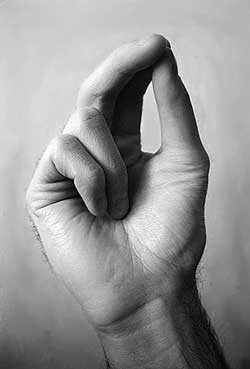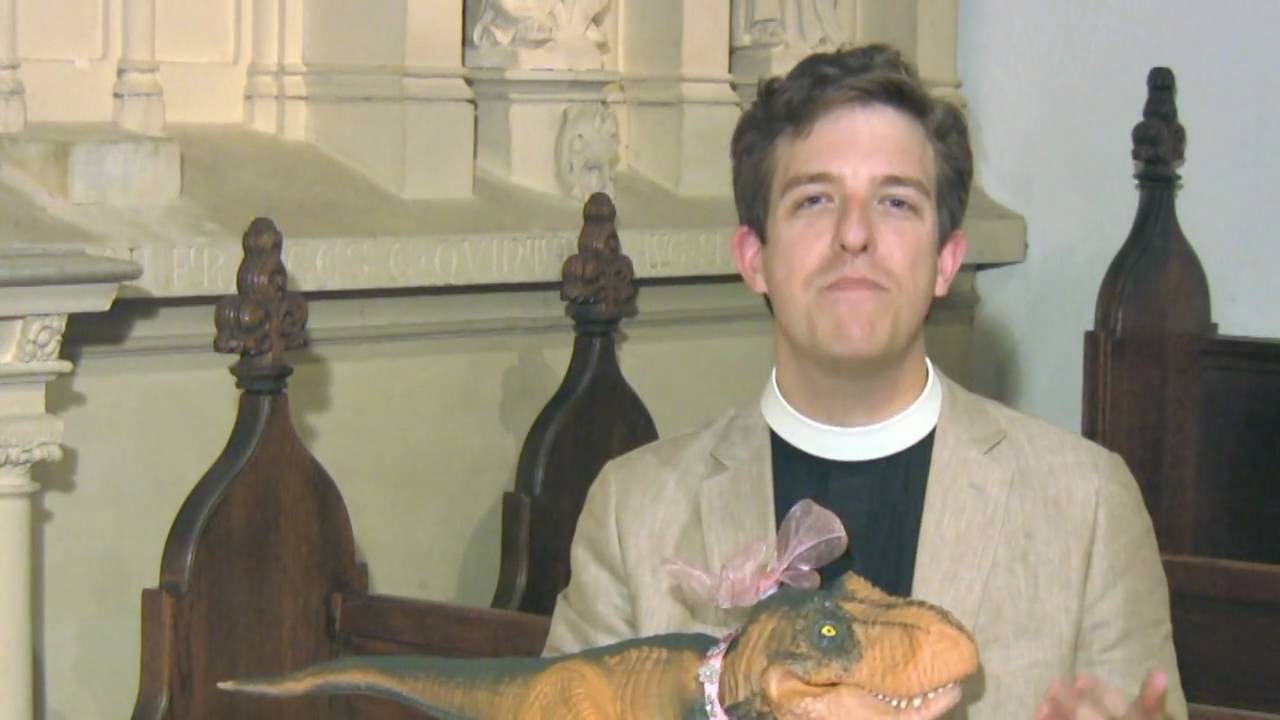 The letters interpretation by Father Matthew is unfamiliar to me. I’m much more used to the thumb, index, and middle finger together being a sign of the Trinity, and the remaining two fingers, together touching the palm, being a sign of the human and divine natures of Christ.
The letters interpretation by Father Matthew is unfamiliar to me. I’m much more used to the thumb, index, and middle finger together being a sign of the Trinity, and the remaining two fingers, together touching the palm, being a sign of the human and divine natures of Christ.
Believe it or not, “The enforcement of the three-finger sign was one of the reasons for the schism with the Old Believers whose congregations continue to use the two-finger sign of the cross.”
More here and here on the Sign of the Cross. [And, yes, there is further reading off this site]




WHich is unfortunately some of the extra biblical “hocus pocus” that many folks from non-liturgical churches critisize.
Yes, Br David. I regularly exhort people to let the sign or symbol do its own work rather than allegorise it – thanks for bringing that point to this post. Blessings.
What is a non liturgical church?
Churches with no officially compiled liturgy, such as a missal or prayer book, mandated for use in their worship service are usually referred to as non-liturgical churches; usually forms of baptist, congregational free, pentecostal, etc.
However, the argument can be made that traditionally non-liturgical churches have a liturgy, if only from congregation to congregation, because every service follows a familiar form, often times recognizable as a form similar to the services of liturgical churches. I have sat through worship services in non-denominational Churches of Christ, whose members often point to services based upon or drawn from prayer books and missals as “prayers of vain repetition,” and yet in their supposedly “spontaneous” prayers are often familiar phrases lifted verbatim from prayer books.
Ah, I see what you mean. If liturgy is the work of the people, and worship is liturgy, then all churches have liturgy. ?!
Thanks, Bosco. When I make this ancient sign over my upper body prayerfully and thoughtfully, I feel utterly embraced by God’s love. I’m not sure why it would be seen as hocus pocus….Jesus himself was said to make various symbolic gestures with his hands during healing encounters etc. It is a normal human thing to use hand and other bodily movements as symbolic gestures. Why not also to express our relationship with God?
Yes, Julianne, I have written and spoken about people who say they “do nothing” with their body in prayer – I can’t work out how to “do nothing” with one’s body, and no one has ever explained how they do that. Blessings.
Julianne and Bosco: absolutely! To sit in silence, listening with awareness is prayer and liturgy. I’m not sure why we remain stuck in the traditional grooves of ensuring we are ‘doing something’ to be active in prayer and worship. The simple action of making the sign of the cross is surely a reverent piece of worship?
I think Fr Matthew mistakes the position of the fingers when one crosses himself, and the position of the fingers when a priest or bishop blesses. To go on further, it’s interesting noting that in the Oriental Churches, when one crosses himself, the custom is left to right (and from the late Middle Ages on, the West has this too), while the Byzantine Churches do it from right to left, save for blessing, when it is left to right.
Does it matter ?
Only if you believe that you must carry out the hocus pocus exactly right! 😀
I think that is a rather disingenuous comment Brother.
Lighten up, I know that God has a sense of humor because God made me! 😀